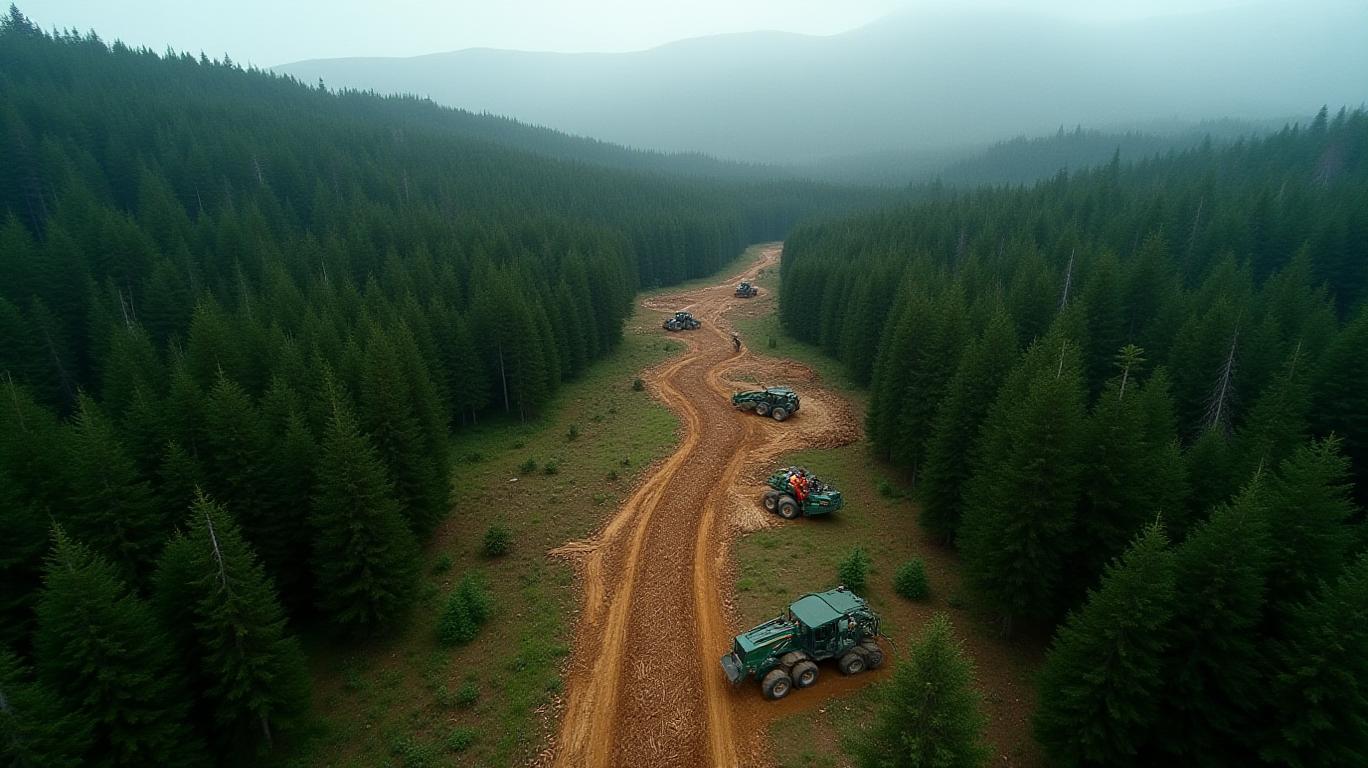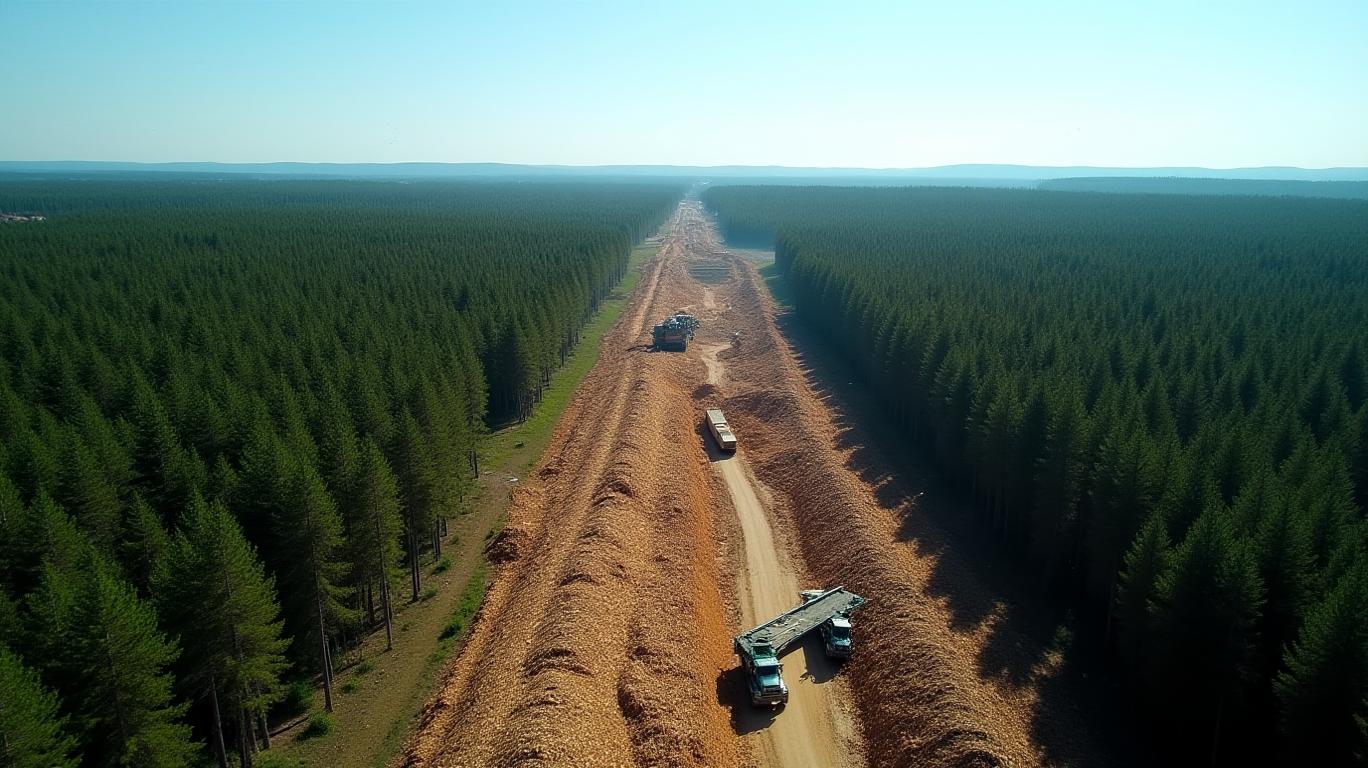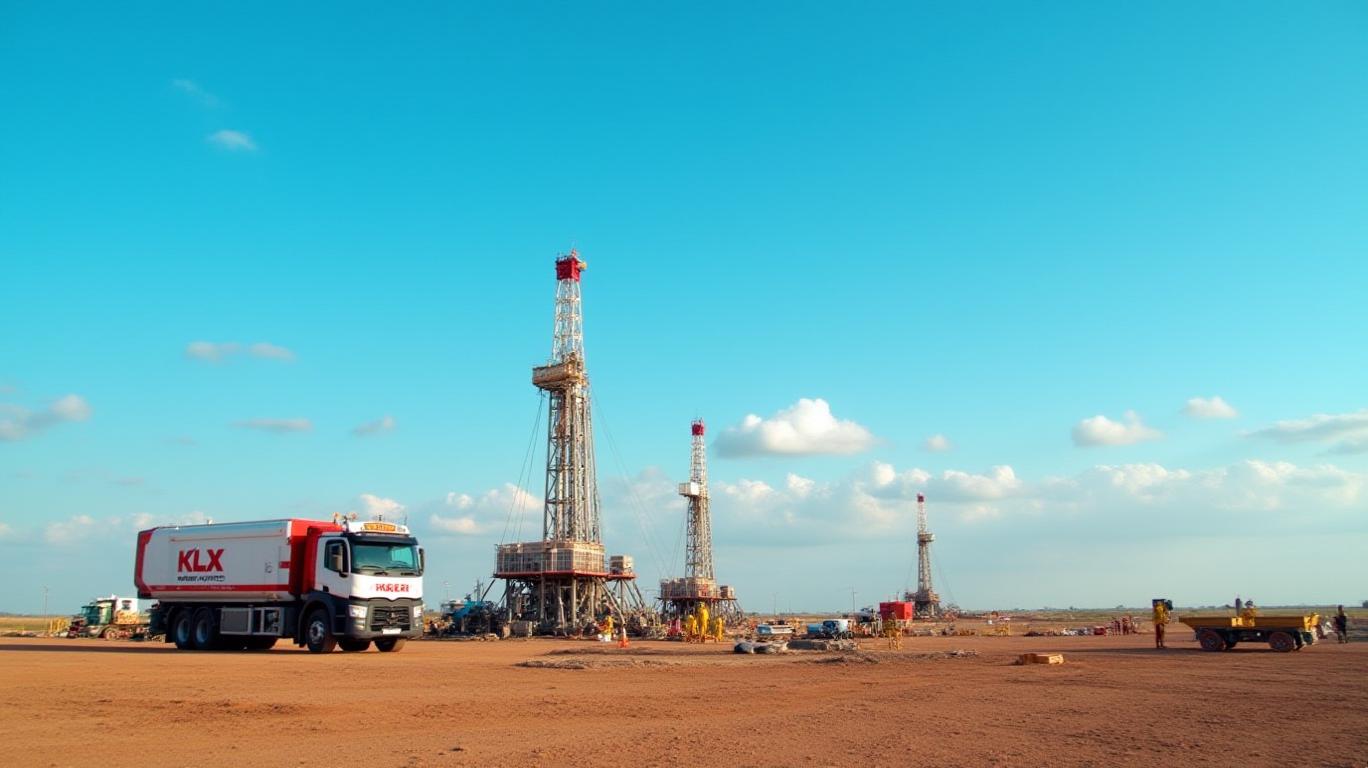Weyerhaeuser’s Q1 Earnings: Navigating Volatility with Resilience
Weyerhaeuser (WY) has long been a bellwether for the forest products industry, and its Q1 2025 earnings report underscores both the challenges and opportunities facing the sector. Despite headwinds such as rising log costs and operational disruptions, the company delivered a mixed but resilient performance, bolstered by strategic focus on its core segments and disciplined capital allocation.

Segment Analysis: Strengths and Strains
The Timberlands division, Weyerhaeuser’s cornerstone, reported a 12% sequential rise in Adjusted EBITDA to $167 million, driven by higher sales realizations in the West and South. However, Q2 outlook signals a $15 million decline due to seasonal cost pressures and softer demand. This volatility highlights the sector’s reliance on cyclical demand and commodity pricing.
The Real Estate, Energy & Natural Resources (RE&ENR) segment saw Adjusted EBITDA climb to $82 million, with expectations of a $50 million jump in Q2 as sales timing improves. Full-year guidance of $350 million for 2025 remains intact, though the 30–40% basis as a percentage of sales underscores the importance of land acquisition costs in margin management.
The Wood Products division, however, faced headwinds. Engineered wood products struggled with operational disruptions at its Montana facility, while OSB realizations dipped 1%. Despite these challenges, management anticipates a Q2 recovery in engineered wood sales volumes and distribution results.
Balance Sheet and Capital Allocation: A Defensive Play
Weyerhaeuser’s balance sheet remains a key differentiator. Net cash from operations rose to $70 million in Q1, and total liabilities of $6.875 billion are manageable given its $1.8 billion in quarterly sales. The decision to increase the dividend by 5%—marking four consecutive years of hikes—reflects confidence in cash flow stability. However, Adjusted Funds Available for Distribution (FAD) turned negative at -$7 million, a result of elevated capital expenditures, including $16 million for its Monticello facility. Investors should monitor capital spending trends to gauge reinvestment priorities.
CEO Perspective and Strategic Priorities
CEO Devin W. Stockfish emphasized operational excellence and capital discipline, noting the company’s focus on “navigating macroeconomic uncertainty” while maintaining long-term confidence in timber, real estate, and wood products demand. This sentiment aligns with Weyerhaeuser’s sustainability initiatives, which include carbon sequestration and renewable energy projects, positioning it to capitalize on ESG-driven investment trends.
Risks on the Horizon
The earnings release did not shy from risks. Climate-related disruptions—such as wildfires and pest infestations—are now front-and-center for forest managers. Geopolitical tensions, trade policies, and labor shortages could further strain margins. For instance, the Montana facility’s operational disruption in Q1 underscores vulnerabilities in supply chains.
Conclusion: A Resilient Dividend Growth Story
Weyerhaeuser’s Q1 results paint a picture of a company weathering cyclical headwinds while maintaining its dividend growth streak. With Timberlands and RE&ENR segments demonstrating resilience, and Wood Products poised for a Q2 rebound, the company’s diversified portfolio offers a compelling risk-reward profile.
Crucial data points reinforce this view:
- Adjusted EBITDA growth: A 12% sequential rise in Q1, despite year-over-year declines, signals operational agility.
- Dividend resilience: A 5% increase in a low-growth environment speaks to Weyerhaeuser’s financial fortitude.
- Balance sheet strength: $70 million in operational cash flow and a manageable debt load provide a buffer against volatility.
However, investors must weigh these positives against risks like log cost inflation and climate impacts. At current valuations, WY’s stock—down 12% year-to-date—reflects these concerns. Yet, its dividend yield of 3.2% and long-term demand drivers for timber and engineered wood products suggest patience could be rewarded.
In a sector where cyclical fluctuations are the norm, Weyerhaeuser’s blend of defensive income generation and strategic flexibility positions it as a survivor—and perhaps a beneficiary—in an uncertain macroeconomic landscape.

_701a155b1749241238665.jpeg)























